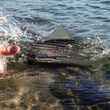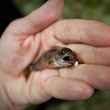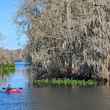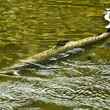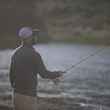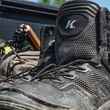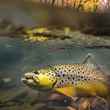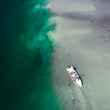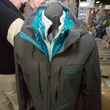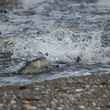Low sun angle provides a significant advantage to the angler. The shadows are deeper; they’re wider and longer. In the winter months, the sun sits lower in the sky, and that shallow arc creates more shadows with less direct sunlight. Trout love the dark areas and seek them out.
By contrast, the summer solstice has the sun directly overhead. The hard sunlight beats straight down, erasing the comforting shadows and putting trout on edge.




